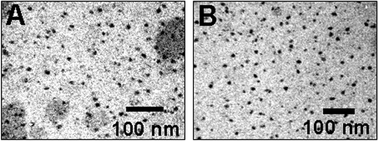Fungus-mediated biosynthesis of silica and titania particles†
Abstract
The synthesis of inorganic materials by biological systems is characterized by processes that occur at close to ambient temperatures, pressures and neutral pH. This is exemplified by biosilicification in marine organisms such as diatoms while laboratory-based synthesis of


 Please wait while we load your content...
Please wait while we load your content...